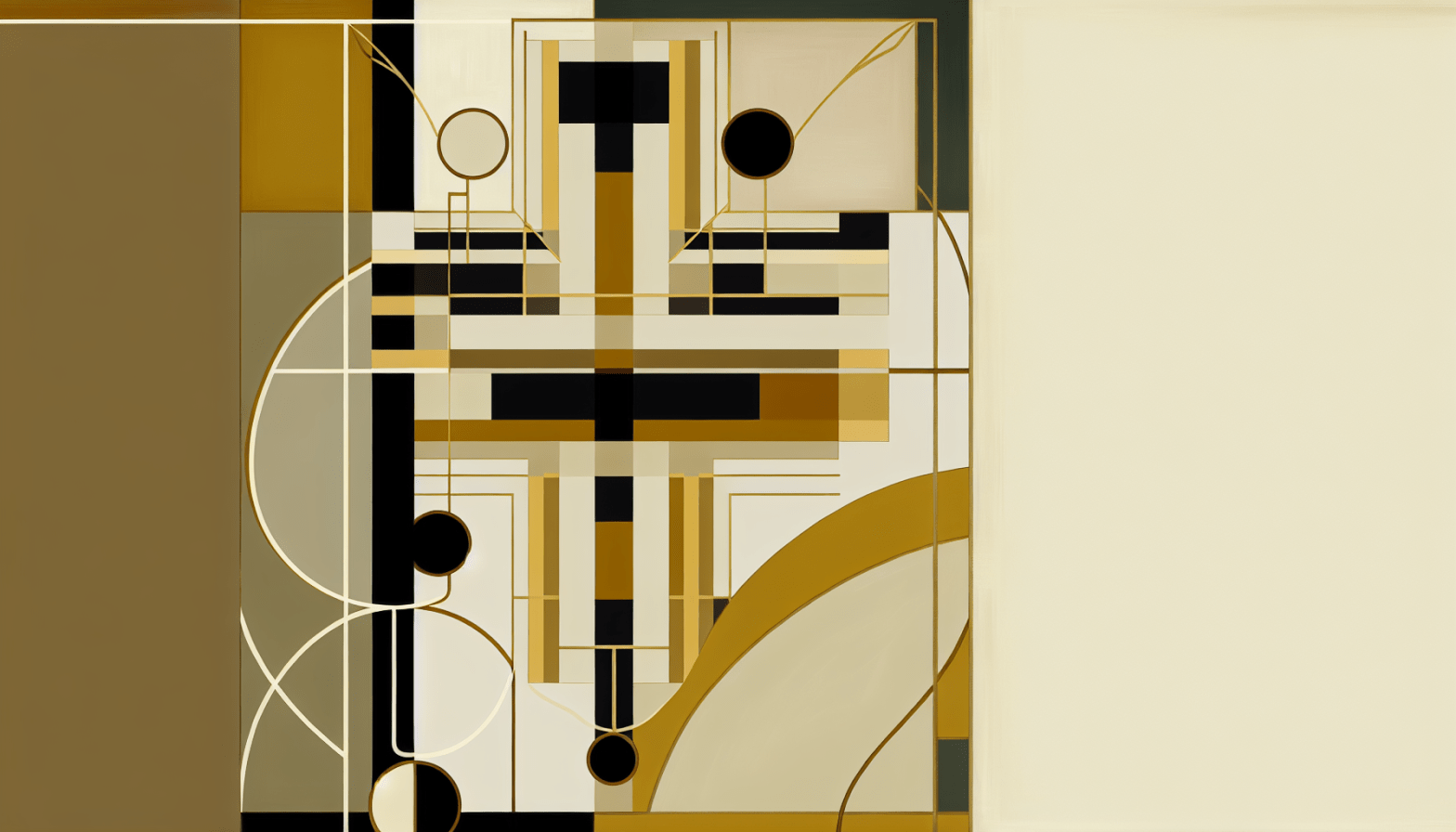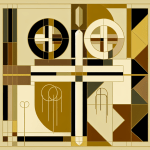Catholicism in Modern Culture
In an increasingly secular world, the role of Catholicism in modern culture is both complex and evolving. As societies become more diverse and interconnected, the teachings, traditions, and influences of Catholicism are often scrutinized, adapted, and integrated into broader cultural phenomena. This blog post aims to explore how Catholicism interacts with contemporary culture, its impact on social values, and its relevance in today’s world.
The Historical Context of Catholicism
To understand the role of Catholicism in modern culture, it is essential to look back at its historical roots. Established over two millennia ago, the Catholic Church has been a significant institution in shaping Western civilization. From its involvement in the arts during the Renaissance to its moral teachings influencing laws and ethics, Catholicism has left an indelible mark on history.
Aspects of Catholicism can be seen across various cultural expressions—literature, art, music, and even politics. Famous works such as Dante’s “Divine Comedy” and Michelangelo’s Sistine Chapel are not only masterpieces but also reflect profound Catholic symbolism and theology. Understanding this historical context helps us appreciate the enduring legacy of Catholicism in shaping moral and ethical discussions.
Catholicism’s Influence on Modern Values
In today’s increasingly pluralistic society, Catholicism’s moral teachings often clash with modern cultural values. Issues such as abortion, divorce, LGBTQ+ rights, and immigration are at the forefront of public discourse, with many looking toward religious frameworks for guidance.
-
The Sanctity of Life: One of the most significant teachings of the Catholic Church is the sanctity of life from conception to natural death. This belief influences various current debates, including abortion rights and euthanasia laws. Catholic organizations actively advocate for pro-life stances, which often places them at odds with modern views on individual rights and reproductive health.
-
Family and Marriage: The Catholic Church places a strong emphasis on the traditional family unit and the sanctity of marriage. This belief system is challenged in modern society, where divorce rates are high and non-traditional family structures are normalized. Nonetheless, Catholic teachings on fidelity, commitment, and the family draw attention to the value of stable relationships.
-
Social Justice and Human Dignity: One notable aspect of Catholicism in modern culture is its commitment to social justice. The Church’s teachings emphasize the importance of caring for the poor and marginalized. Figures like Pope Francis have brought Catholic social teaching into public discourse, drawing attention to issues such as climate change, migrant rights, and economic inequality.
Catholicism in the Digital Age
The advent of the internet and digital communication has revolutionized how people engage with religion, including Catholicism. The Church has leveraged these technologies to reach broader audiences:
1. Online Communities and Services
Virtual platforms now facilitate Catholic worship, education, and community building. Online Masses, prayer groups, and educational programs have made it easier for individuals to engage with their faith, especially during periods of social distancing, such as the COVID-19 pandemic.
2. The Role of Social Media
Social media has become a pivotal platform for the Church to connect with younger generations. Many Catholic leaders, including priests and theologians, utilize platforms like Instagram, Twitter, and YouTube to share teachings, promote events, and engage in dialogue about faith and culture. This accessibility helps demystify Catholicism and makes it more relatable to a younger demographic.
3. Digital Evangelization
The concept of digital evangelization is gaining traction within the Catholic community. By utilizing online tools to spread the Gospel, the Church aims to reach individuals who might not attend traditional services. This effort represents a significant shift in how religious messages are communicated in a globalized world.
Catholicism and Arts in Modern Culture
Art has always been a powerful medium for expressing religious beliefs, and Catholicism remains a prominent source of inspiration for contemporary artists, musicians, and writers.
1. Literature and Film
Many modern authors and filmmakers explore themes of faith, redemption, and morality influenced by Catholic beliefs. Works like “The Secret Scripture” by Sebastian Barry showcase the impact of Catholic upbringing on personal identity and societal challenges. Films such as “Silence” by Martin Scorsese delve into the struggles of faith amidst persecution, further igniting conversations about Catholicism’s relevance.
2. Music
The world of music also reflects the interplay of Catholicism and modern culture. From contemporary Christian music to classical composers like Arvo Pärt, Catholic themes of spirituality and longing resonate in many compositions. Moreover, secular artists often infuse their music with religious themes, which can lead to a broader conversation about faith and existence.
3. Visual Arts
In modern visual arts, Catholic iconography and themes continue to inspire and provoke. Artists like Damien Hirst and Kehinde Wiley blend traditional religious imagery with contemporary contexts, inviting audiences to reflect on the relevance of faith in modern society. Such works spark dialogue on the intersection of faith, identity, and culture.
Challenges Facing Catholicism in Modern Culture
Despite its enduring presence, Catholicism faces several challenges in the contemporary landscape:
1. Secularism and Religious Decline
The rise of secularism poses a threat to traditional religious institutions. Many millennials and Gen Z individuals identify as “nondenominational” or “spiritual but not religious,” leading to a decline in Mass attendance and religious affiliation. The Catholic Church must find ways to engage with these populations and address their concerns.
2. Scandals and Trust Issues
Recent scandals, particularly regarding clergy abuse, have shaken the faith of many Catholics and non-Catholics alike. The Church’s handling of these issues has raised questions about accountability, transparency, and ethical leadership. Restoring trust will require significant efforts in reform and outreach.
3. Adaptation to Cultural Shifts
As society evolves, so too must the Catholic Church. Adapting to cultural changes, such as the increasing acceptance of LGBTQ+ individuals and the challenge of gender equality, presents both challenges and opportunities. Engaging in open dialogue and understanding differing perspectives may help bridge gaps between Catholic teachings and contemporary values.
Ways Forward: The Future of Catholicism in Modern Culture
As Catholicism navigates the complexities of modern culture, several paths may pave the way for its future:
1. Emphasizing Inclusivity
The Church can emphasize its teachings on love, compassion, and inclusion. By fostering a welcoming environment for all people, regardless of their background, the Church may present itself as a relevant and loving institution.
2. Engaging with Youth
Implementing programs tailored to young Catholics can establish a sense of belonging and community. Youth-led initiatives, discussions on social justice, and engagement in service projects can invigorate interest in Catholic teachings and values.
3. Leveraging Technology
Harnessing the power of digital communication to facilitate engagement with faith is crucial. Offering online courses, virtual retreats, and interactive content can appeal to tech-savvy generations seeking spiritual understanding and connection.
4. Strengthening Community Ties
Building strong local communities can help Catholicism thrive in modern culture. Encouraging parish-based activities and outreach efforts can foster a sense of belonging and service within congregations, reinforcing the importance of collective worship and support.
Conclusion
Catholicism in modern culture is a dynamic interplay between tradition and transformation. While it faces significant challenges, the Church has an unprecedented opportunity to re-engage with contemporary society. By emphasizing its core teachings of love, compassion, and social justice, leveraging technology and community, and fostering open dialogue, Catholicism can carve out a relevant presence in today’s rapidly changing world. As we advance into the future, the question remains: how will Catholicism adapt and continue to inform the cultural landscape, shaping lives and communities for generations to come?




